Guy Shares History Facts To Show How Fast And How Much Gender Norms Develop Because
MainFeature
Published
03/19/2021
in
feels
They’re Totally Made Up
- List View
- Player View
- Grid View
Advertisement
-
1.
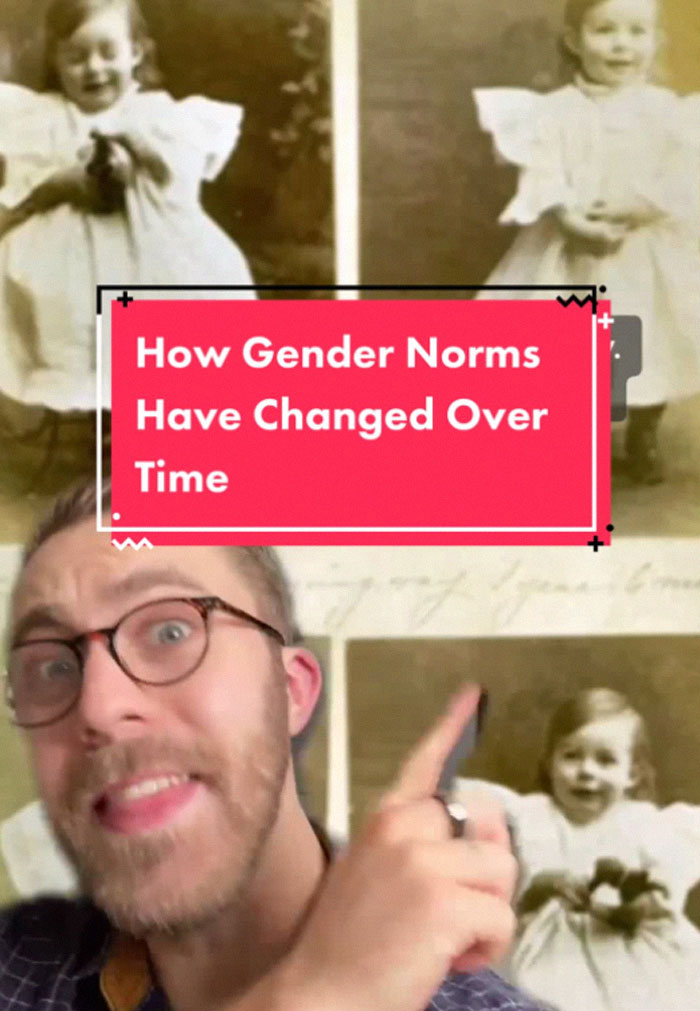 Gender stereotypes are a touchy issue that tends to start fiery discussions online. However, a quick glance at some history books will show you that gender norms constantly evolve over time and some things and clothes that might seem ‘masculine’ or ‘feminine’ now may have had completely different connotations before.
Gender stereotypes are a touchy issue that tends to start fiery discussions online. However, a quick glance at some history books will show you that gender norms constantly evolve over time and some things and clothes that might seem ‘masculine’ or ‘feminine’ now may have had completely different connotations before. -
2.
 gender-specific clothes was neither linear nor rapid.” Both pink and blue-colored clothes, along with other pastels, were used for babies’ clothing in the mid-19th century. However, it wasn’t until the First World War that the colors became assigned to specific genders. In 1918, it was the general view that pink was a color meant for boys while the more “delicate and dainty” blue, according to one publication by Earnshaw’s Infants’ Department, was meant for girls.
gender-specific clothes was neither linear nor rapid.” Both pink and blue-colored clothes, along with other pastels, were used for babies’ clothing in the mid-19th century. However, it wasn’t until the First World War that the colors became assigned to specific genders. In 1918, it was the general view that pink was a color meant for boys while the more “delicate and dainty” blue, according to one publication by Earnshaw’s Infants’ Department, was meant for girls. -
3.
 The trend to dress boys up in pink continued. In 1927, Time magazine suggested that parents do just that. Things changed in the 1940s after manufacturers and retailers began establishing styles. Historian Jo B. Paoletti from the University of Maryland told the Smithsonian Magazine that “it could have gone the other way” very easily.
The trend to dress boys up in pink continued. In 1927, Time magazine suggested that parents do just that. Things changed in the 1940s after manufacturers and retailers began establishing styles. Historian Jo B. Paoletti from the University of Maryland told the Smithsonian Magazine that “it could have gone the other way” very easily. -
4.
 Opinions toward gendered clothing began shifting once again in the 1960s and 1970s as the women’s liberation movement gained more and more traction. And then they changed once again in the 1980s as some mothers “rejected the unisex look for their own daughters” after having grown up without feminine clothes and styles themselves.
Opinions toward gendered clothing began shifting once again in the 1960s and 1970s as the women’s liberation movement gained more and more traction. And then they changed once again in the 1980s as some mothers “rejected the unisex look for their own daughters” after having grown up without feminine clothes and styles themselves. -
5.
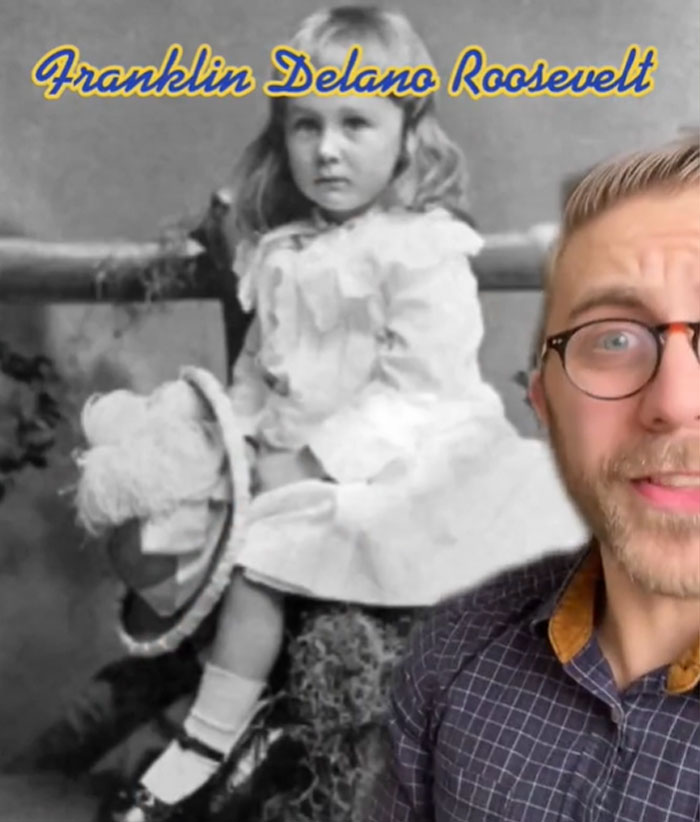
-
6.
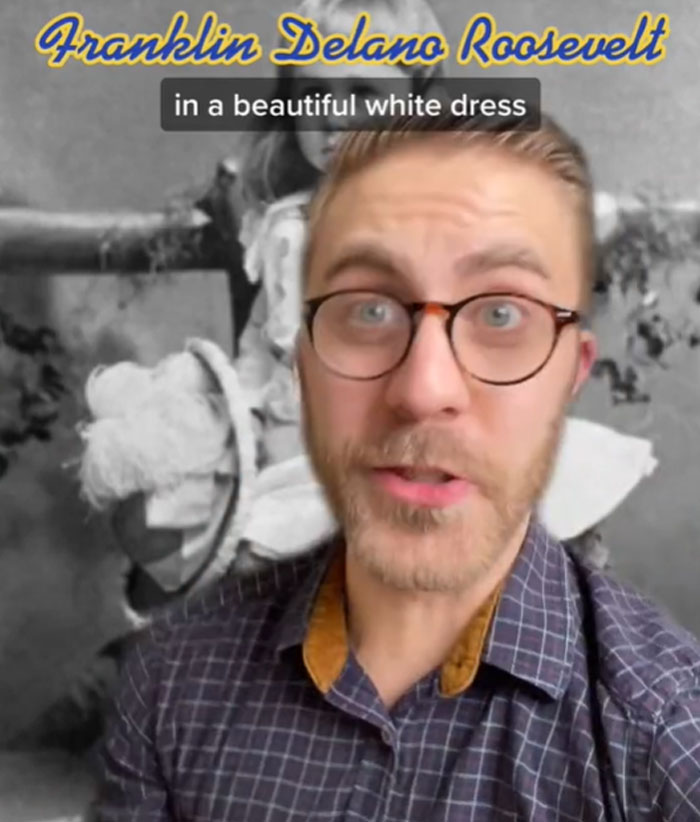
-
7.
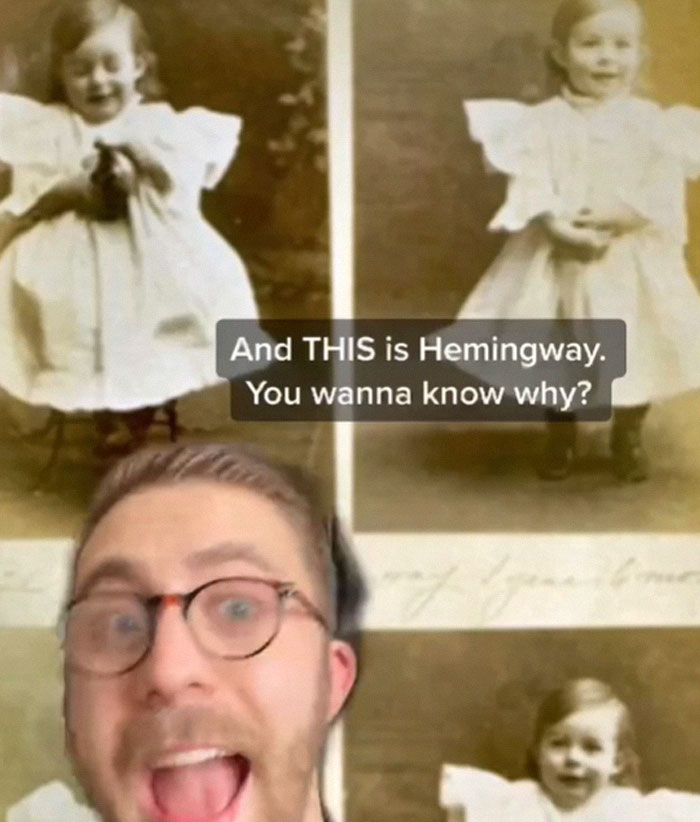
-
8.
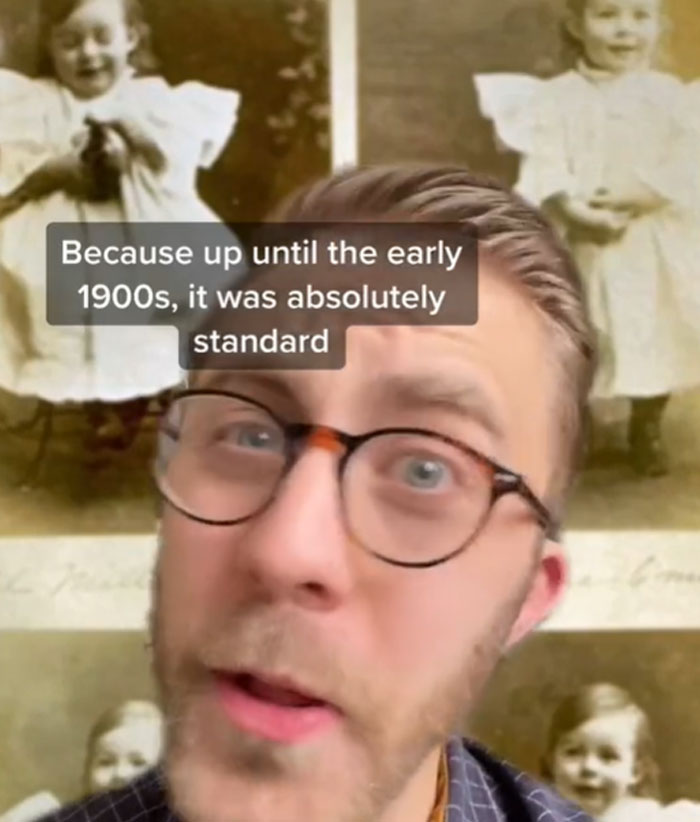
-
9.
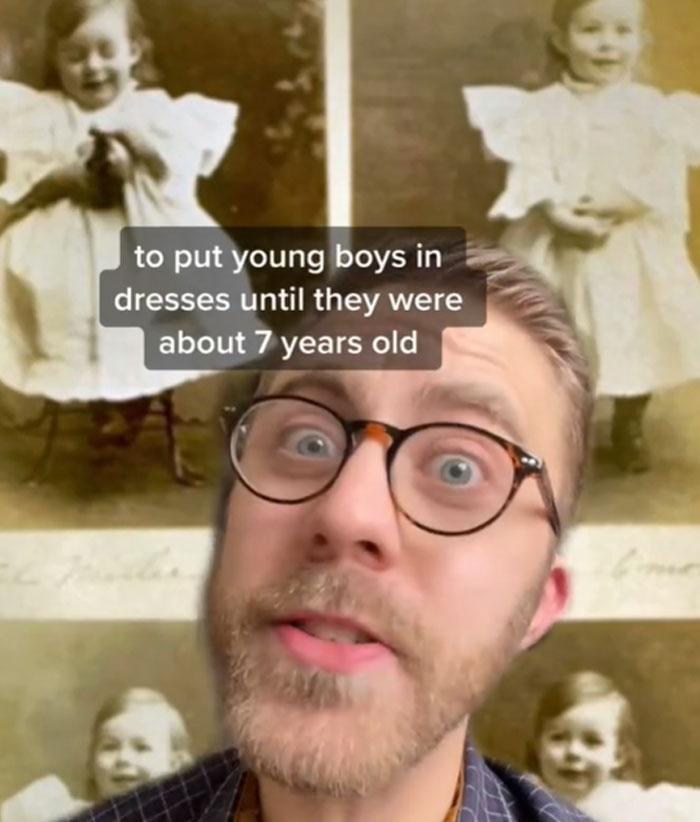
-
10.
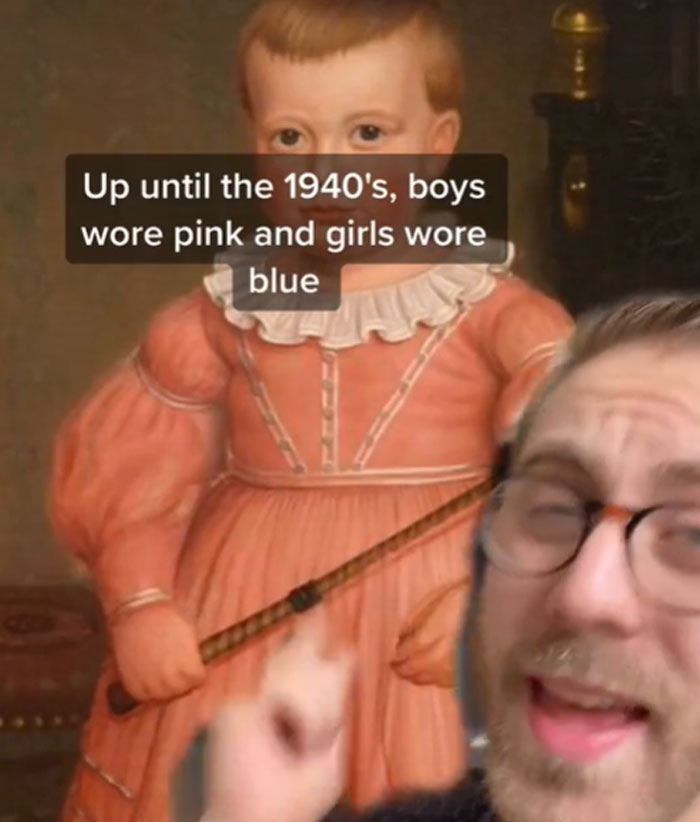
-
11.
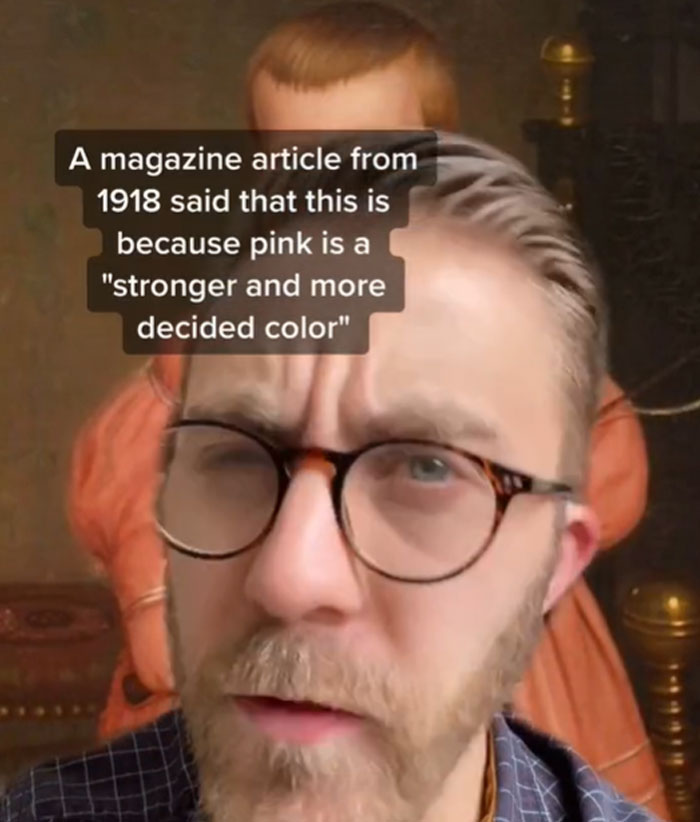
-
12.

-
13.

-
14.

-
15.

-
16.

-
17.

-
18.

-
19.
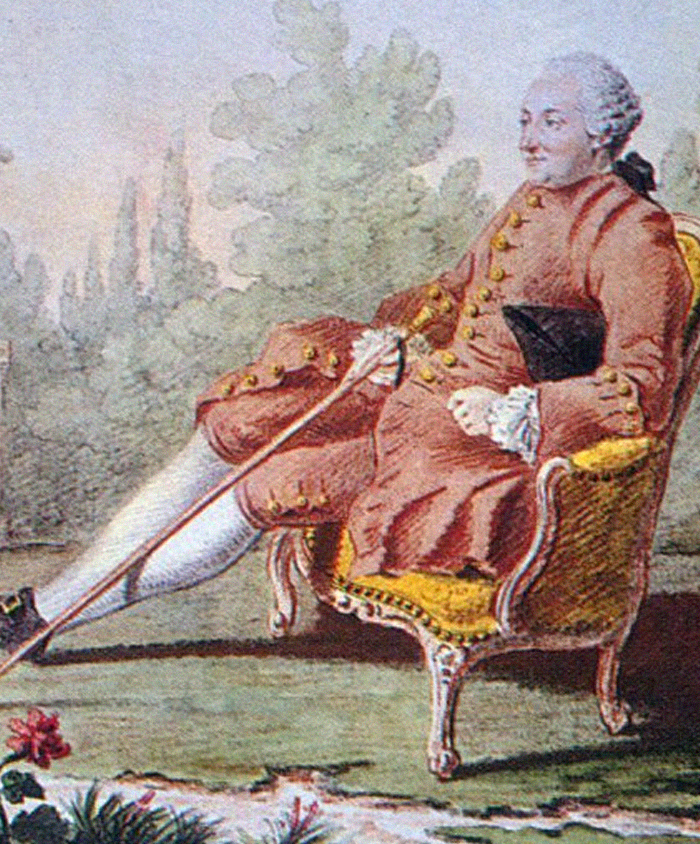
-
20.

-
21.
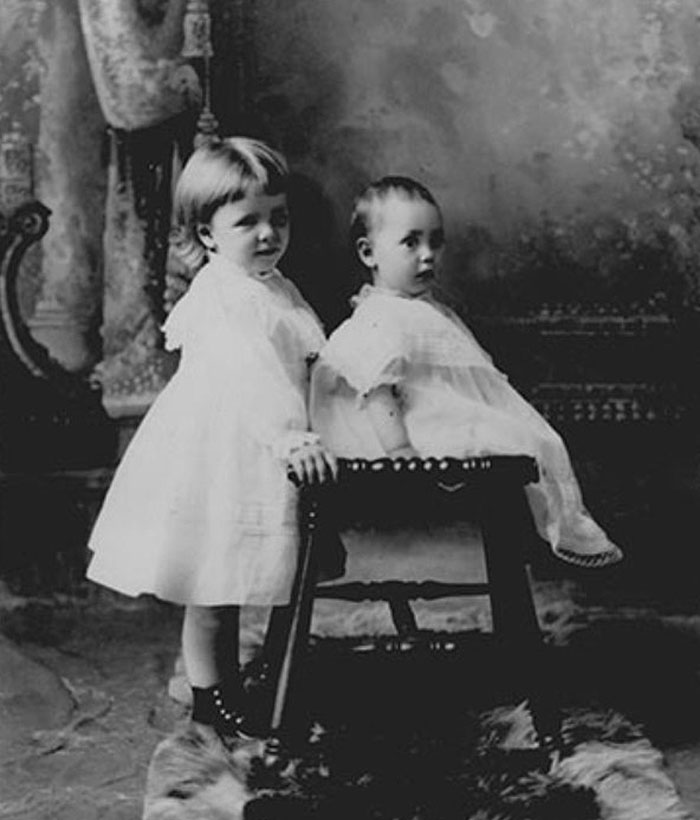
-
22.

-
23.

-
24.

-
25.

-
26.

-
27.

-
28.

-
29.

-
30.

-
31.

- REPLAY GALLERY
-

- Guy Shares History Facts To Show How Fast And How Much Gender Norms Develop Because
Gender stereotypes are a touchy issue that tends to start fiery discussions online. However, a quick glance at some history books will show you that gender norms constantly evolve over time and some things and clothes that might seem ‘masculine’ or ‘feminine’ now may have had completely different connotations before.
31/31
1/31
Categories:
Feels


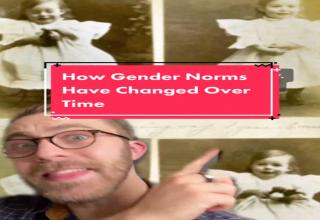

![20 Wild History Facts Not Everyone Knows <p>Not even the biggest history buffs can know it all, so what are some cool facts they might not have heard? <a href="https://trending.ebaumsworld.com/pictures/26-history-memes-that-dont-sugar-coat-the-past/87480685/">From World War II to the ancient Egyptians</a>, this gallery shares some fascinating, and rarely-read tidbits of history. </p><p><br></p><p>Although we think of the Egyptian empire as an ancient society, human history has spanned for much longer than most of us can comprehend. Famously, Cleopatra's rule was closer in time to the present day than it was to the construction of the pyramids. Believe it or not, the majority of human history took place before people could record it in writing, and even the earliest societies talk of "ancient" civilizations. For example, the first-ever joke in recorded history references "time immemorial," implying that even the ancient Sumerians thought of themselves as modern. Its subject matter is also something relatable for every human couple throughout history: wives passing gas on their husbands' laps. </p><p><br></p><p>“Something which has never occurred since time immemorial; a young woman did not [pass gas] in her husband’s lap.”</p><p><br></p><p>If you found that joke new and amusing - how could you not - then consider checking out the rest of this historical gallery full of facts that you probably haven't heard before. </p>](https://cdn.ebaumsworld.com/thumbs/2023/11/30/031941/87482076/history-facts-fixed.jpg)




0 Comments